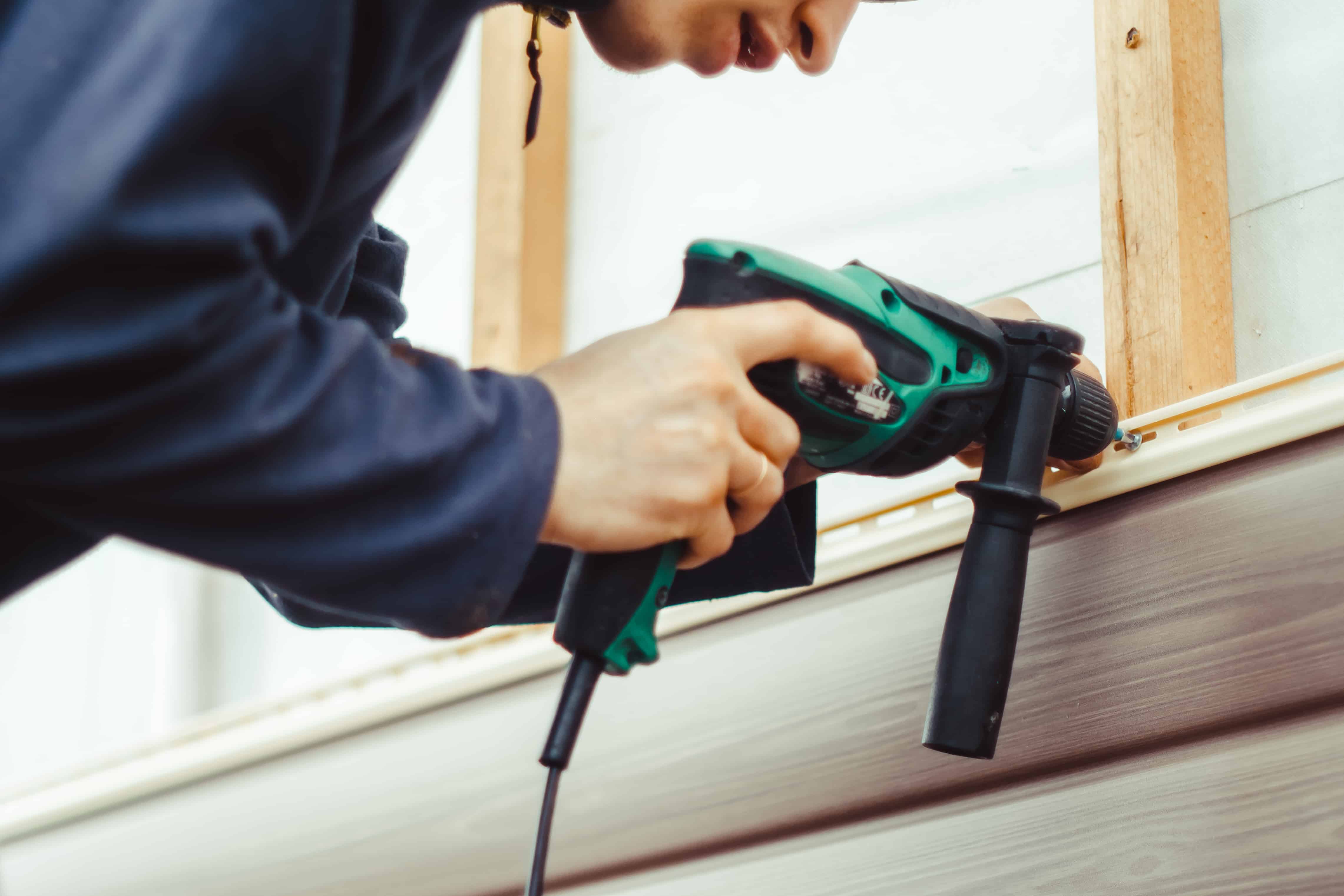When To Replace Your Siding

If you notice that your siding is beginning to look a little worse for wear, it may be time to look at a replacement. Serious damage can be incurred to your home if you do not replace it in time. It is important to walk around and inspect your home with a keen eye often to ensure that there are no signs of damage. However there are some tell tale signs that will lead you to create a replacement. Your home’s siding protects your home from weather as well as debris and certain pests.
VISIBLE DAMAGES
Any cracked, warped or rotting siding is a huge sign that there is a problem and may be damaged beyond repair. Small cracks that are found, may lead to a larger issue, which means that you should take a look around, thoroughly inspecting including touching areas to see if there are any cracks that look suspicious. Are there any areas that give way or feel loose to the touch? These will definitely seem loose or damaged just by looking but touch to inspect it further to see if there are any solid parts underneath or whether it feels as if it may subside.
Another way to identify damage is by looking to see if there are any signs of blisters or bubbling. This may mean there is some type of water damage, which may occur over time especially if you experience a lot of rainfall on a monthly basis. Your siding may not be doing its job correctly, therefore it may spread further moisture and create an even larger damage.
WATCH OUT FOR FUNGUS!
This can occur with humidity or with a lot of rainfall and fungi or mildew can easily manifest. This means that it could inhibit your siding’s purpose and create further damage. It is worth taking note of any spots that seem suspicious and be sure to keep an eye out to see if it worsens or enlarges over time.
HOW DOES IT LOOK?
Extreme weather conditions over time can cause your siding to fade and its look will become diminished. This means that the overall aesthetic can become displeasing and even decrease your home’s value. If the paint has begun to wear or is peeling, this may mean that it is coming to the end of its life and possibly needs replacing. Whilst it should last 8-10 years, certain scenarios may mean that it may not actually last that long.
ARE YOU USING MORE POWER?
When your siding becomes less effective, it may affect your home itself, and the insulation and protection that it provides. Any noticeable changes within the home or to your bills could give you an indication that your siding is not providing you with what you need at this time. Be sure to keep on top of this and call in the experts if any of the above is occurring with your siding. Once it is replaced, you will notice a world of difference for the better.

